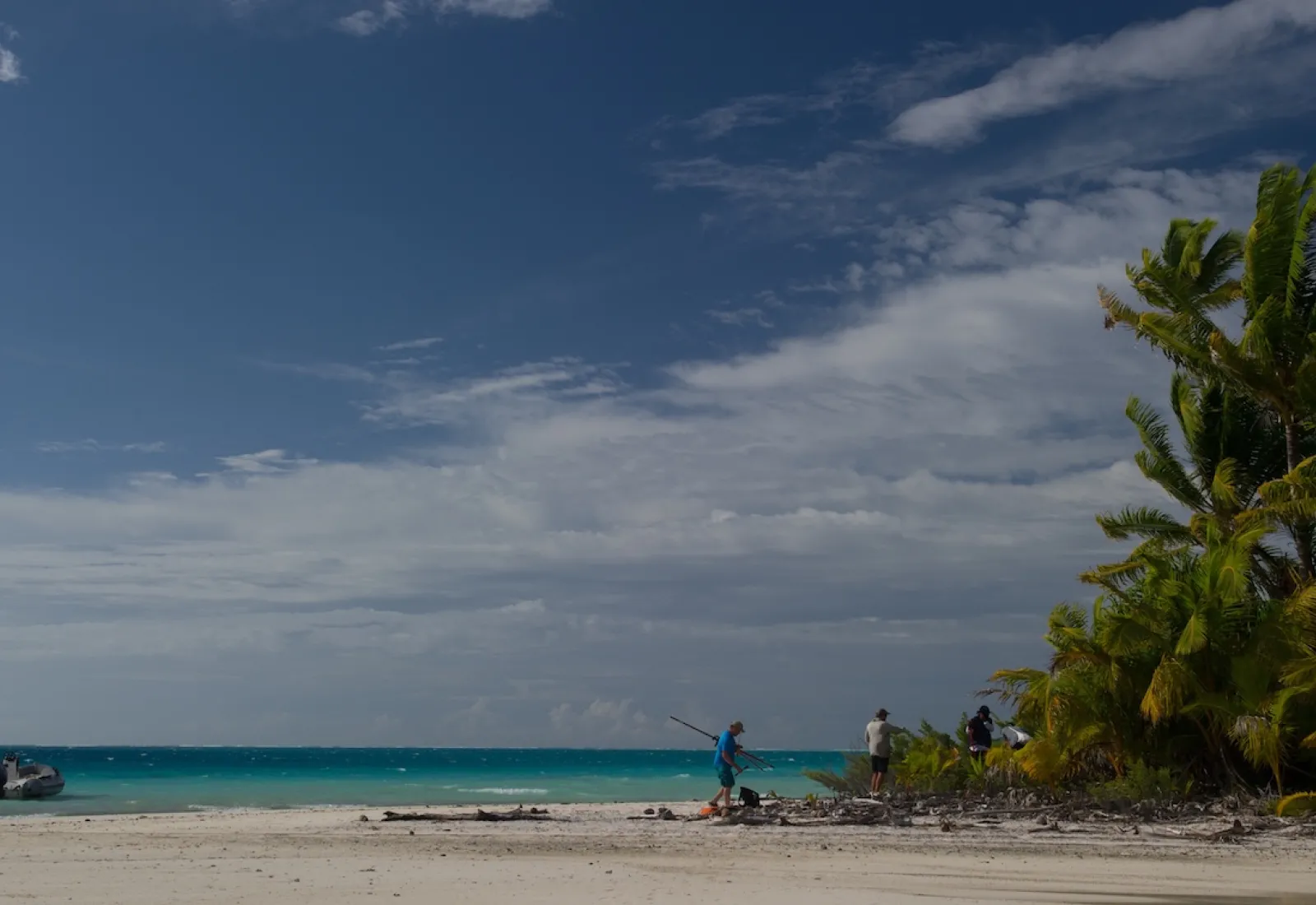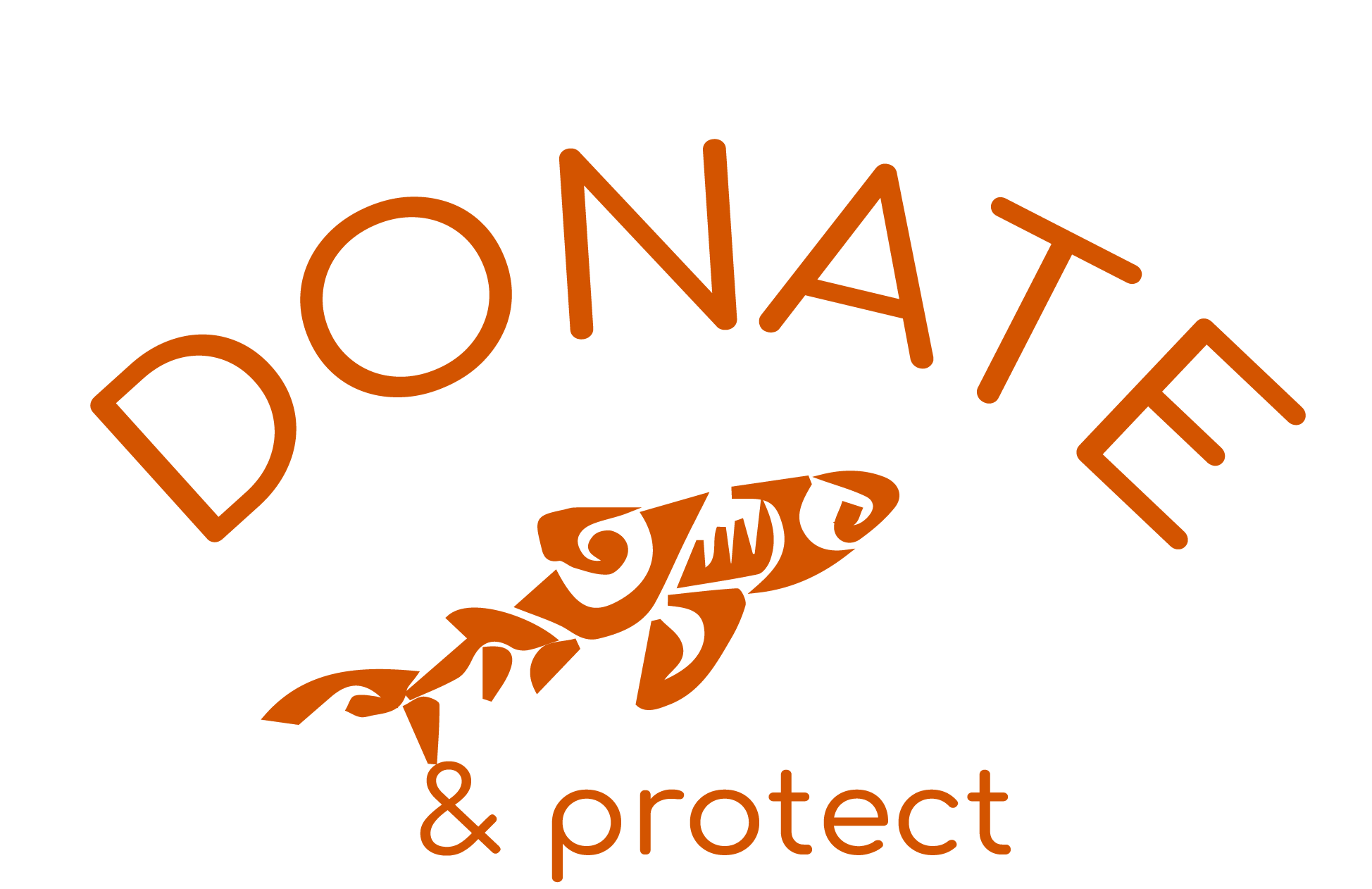A recent 1,500 page U.N. report, the IPBES Global Assessment, delivered grim news for our world’s biodiversity on May 6. The most comprehensive assessment to date found over 1 million species are at risk of extinction and that the current global response is insufficient. The cause of this decline? Humans. We are altering the Earth so drastically that we are threatening the species and ecosystems we depend on for survival.
However, there is hope.
“The Report also tells us that it is not too late to make a difference, but only if we start now at every level from local to global,” said IPBES Chair, Sir Robert Watson. “Through ‘transformative change’, nature can still be conserved, restored and used sustainably – this is also key to meeting most other global goals. By transformative change, we mean a fundamental, system-wide reorganization across technological, economic and social factors, including paradigms, goals and values.”
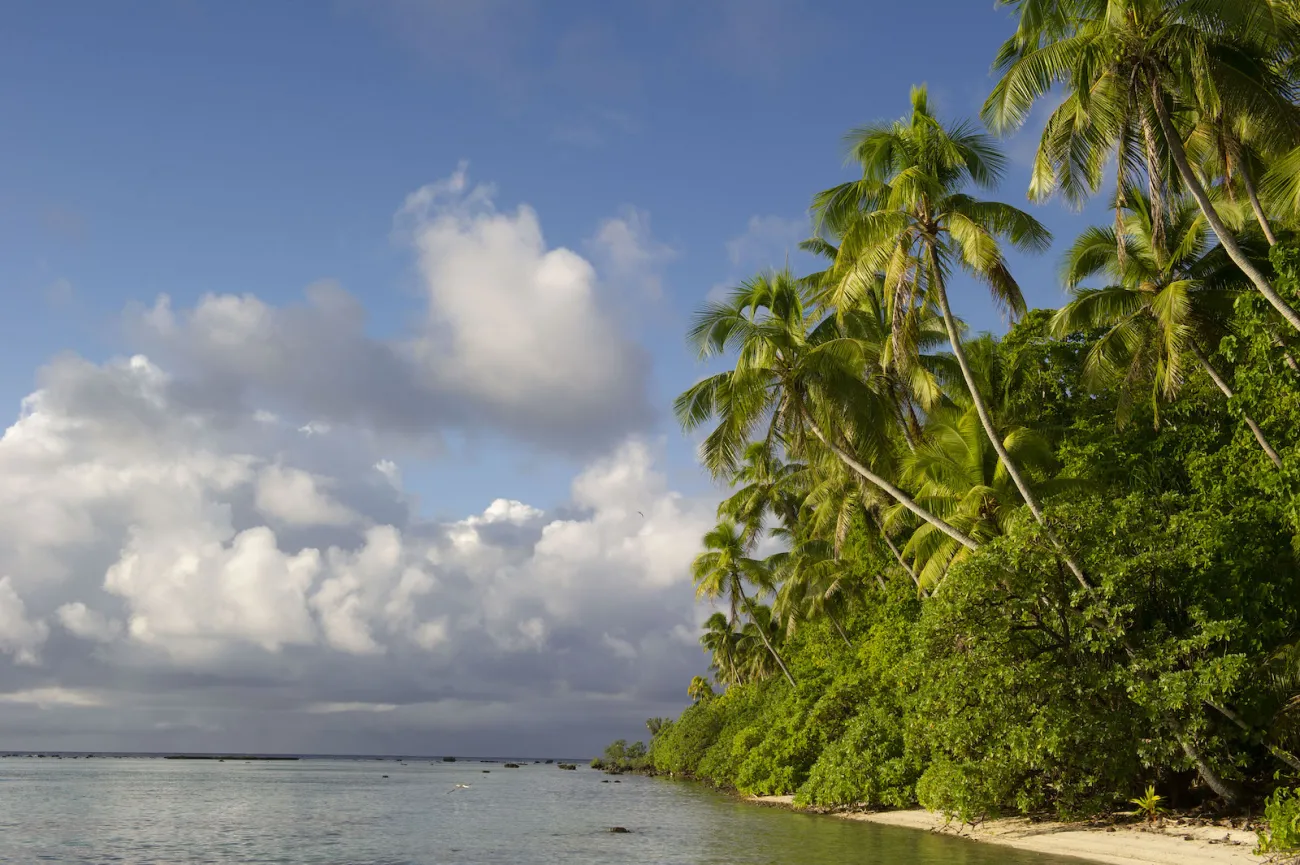
Luckily, we have examples to follow. Pacific Islanders have known for centuries that it is critical we protect our oceans and environment, including implementing sustainable fishing and harvesting practices into their culture.
Pacific leaders see the impacts of the global environmental pressures on our natural world first-hand, every day, and are taking bold action to make a change. In total, more than a dozen Pacific countries and territories have committed to designating and implementing strong ocean sanctuaries that restrict all commercial fishing to bolster the marine environment.
Writer Carlota Leon Guerrero, a native of Guam and executive director of the Guam-based Ayuda Foundation, shares a few of the incredible biological outcomes Pacific Islands have accomplished for saving our world’s biodiversity in this Grist article.
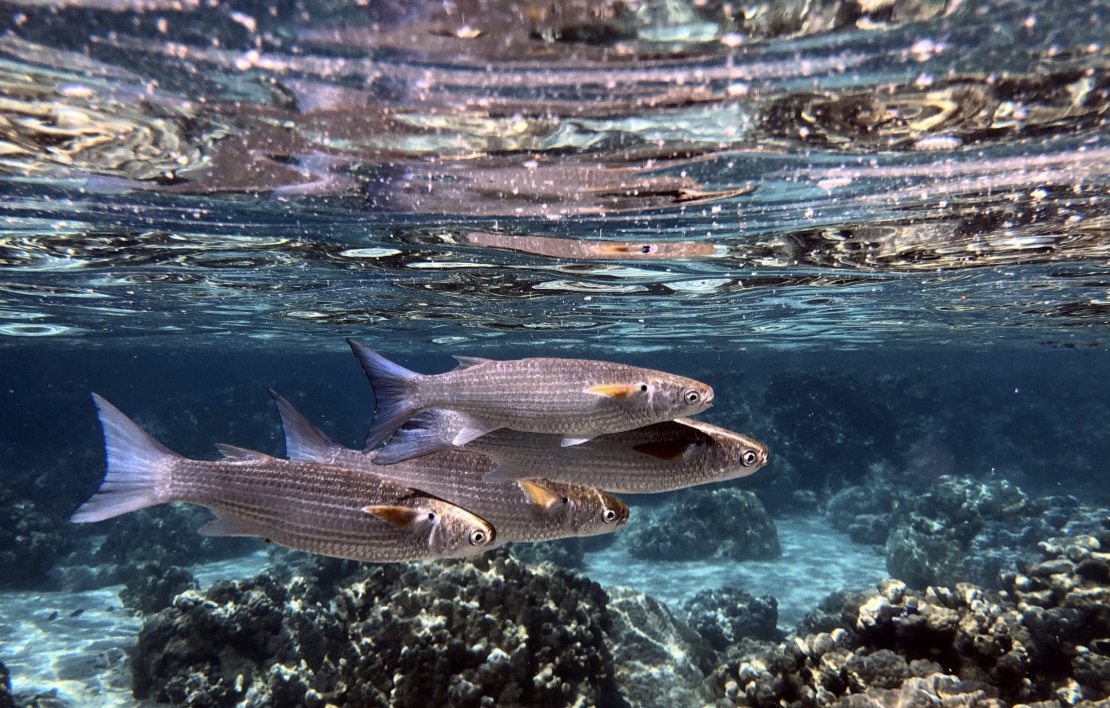
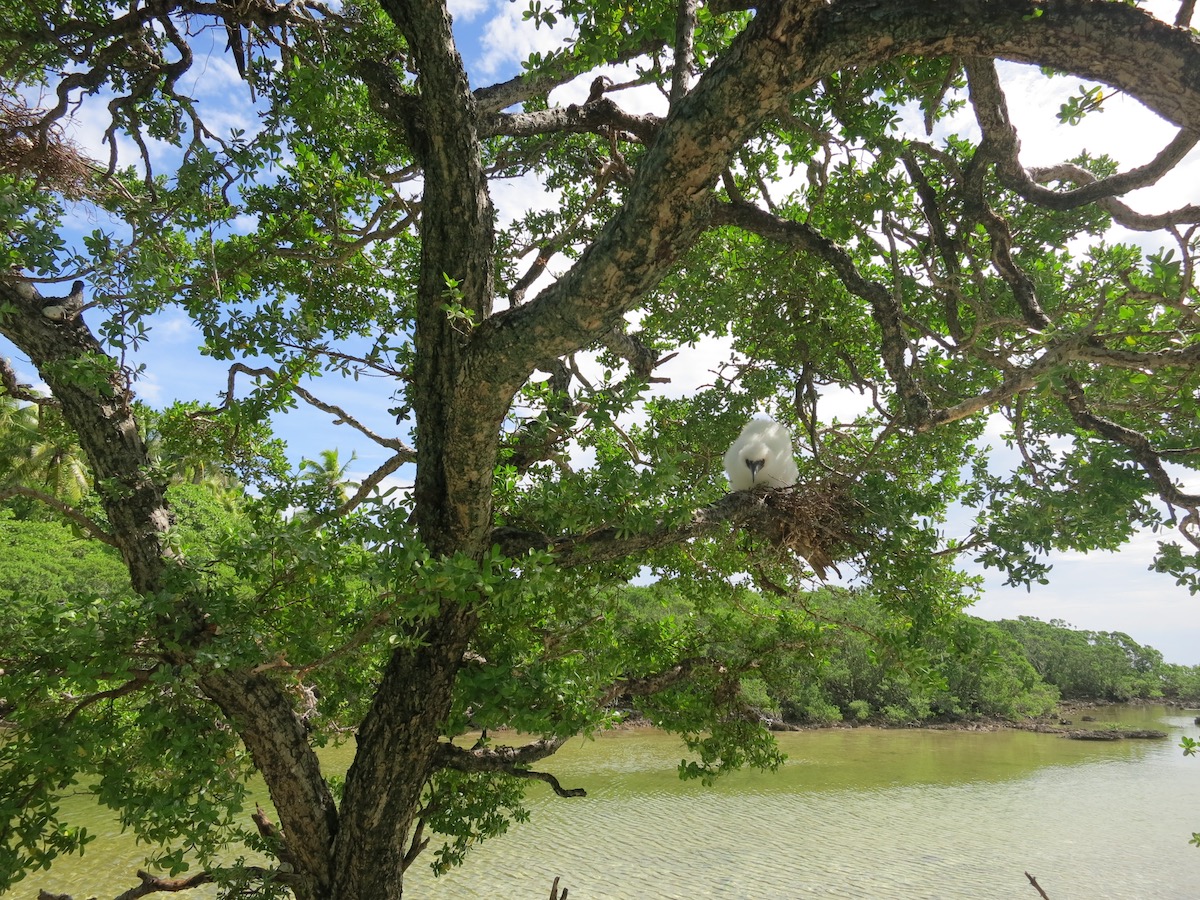
Work on Tetiaroa Atoll has also revealed that real change is possible. Scientists continue to explore and apply innovative solutions to address local environmental problems that have the potential for global benefit. This includes programs to restore habitats by removing invasive species, monitor native species like green sea turtles and sharks, and model future environmental scenarios on land and in the ocean.

